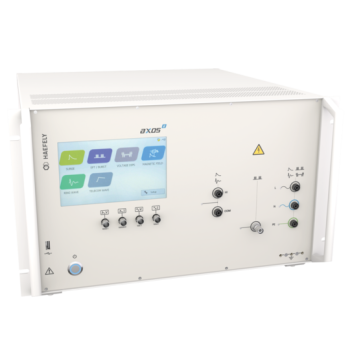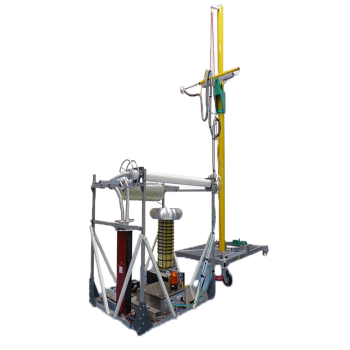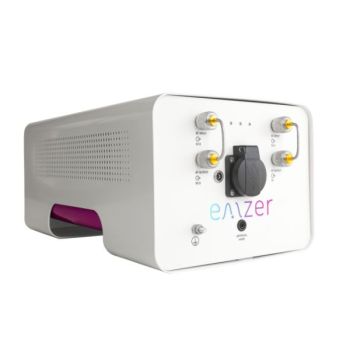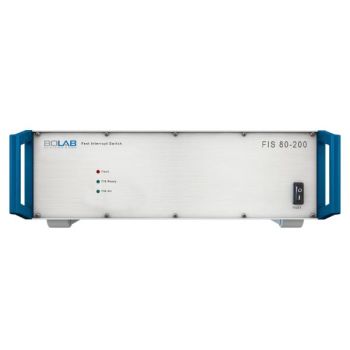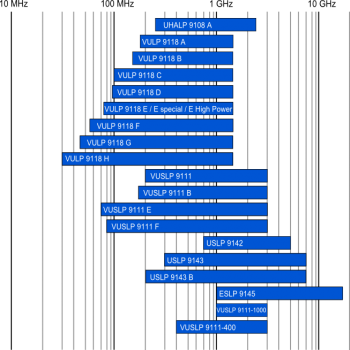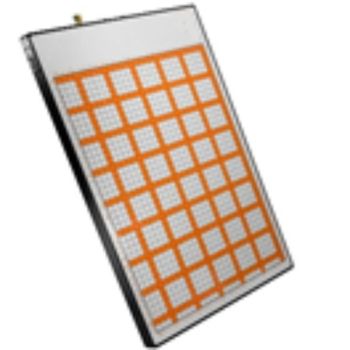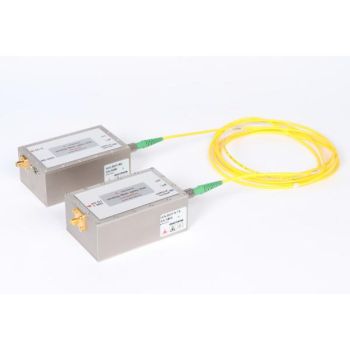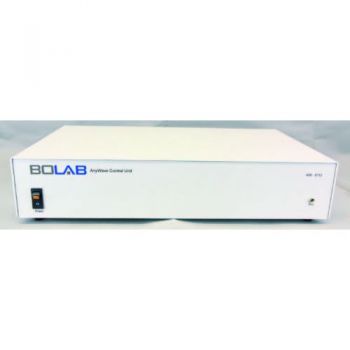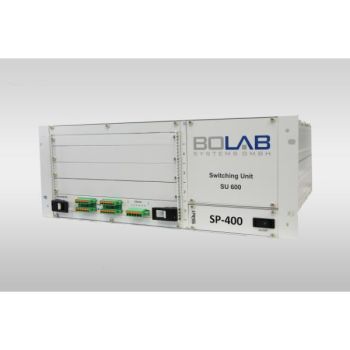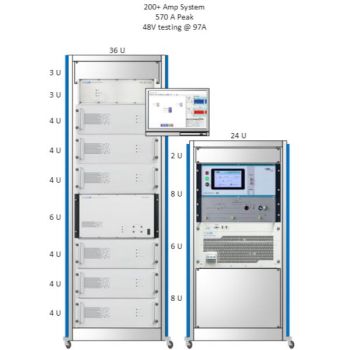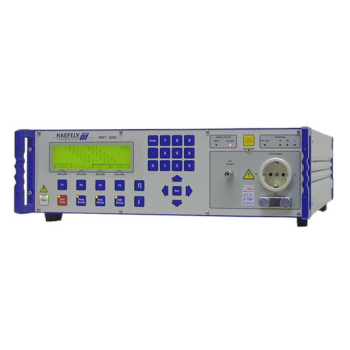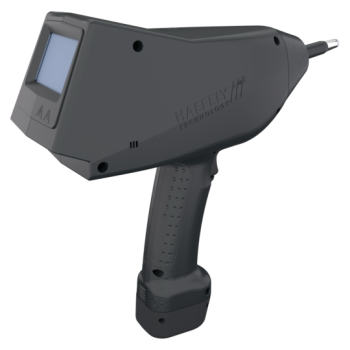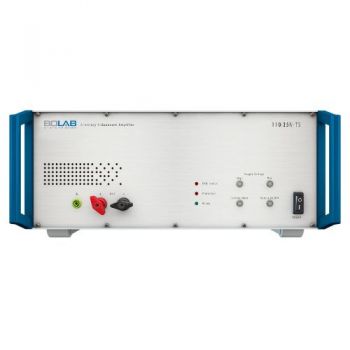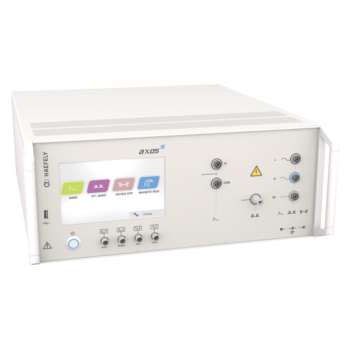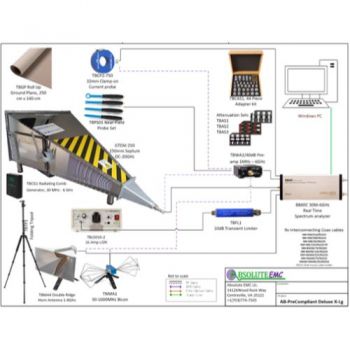Frequency is the 4th dimension
Understanding Frequency Response in EMC Testing
Frequency is a fundamental dimension in all electronic and electromagnetic instruments. In the context of EMC (Electromagnetic Compatibility) testing, understanding and managing frequency response is crucial for accurate measurements and reliable performance, especially in RF immunity and RF emissions testing.
Frequency Response Characteristics
Most broadband instruments do not exhibit a perfectly flat response across their operational frequency range. Instead, their response varies, sometimes significantly. This variance can affect the accuracy of measurements and the instrument’s overall performance. Key instruments that require careful consideration of frequency response in EMC testing include:
· RF Field Probes
· Power Meters
· Amplifiers
· Antennas
· Current Probes
· Voltage Probes
· Coaxial Cables
· Directional Couplers
· Power Dividers/Combiners
Compensation Mechanisms
Instruments that generate or measure signals often incorporate mechanisms to compensate for frequency response variations. For instance, signal generators are designed to set frequencies with high precision. This precision ensures that the output remains accurate across different frequencies. This is achievable because the generator is set for each frequency.
Similarly, instruments that measure frequency, such as spectrum analyzers, use built-in compensation to maintain accuracy. These devices adjust their internal settings based on the frequency being measured, ensuring consistent performance across their operational range.
EMC Testing: Radiated Immunity and Radiated Emissions
Radiated Immunity Testing
Radiated immunity testing assesses the ability of electronic devices to withstand electromagnetic interference. Key components involved and their frequency response considerations include:
· RF Field Probes: Used to measure the field strength of the electromagnetic interference, RF field probes must account for frequency response to ensure accurate readings across the test frequency range.
· Amplifiers: Used to boost the signal to the required test level, amplifiers must compensate for frequency response to provide consistent gain.
· Power Meters: Measuring the power of RF signals requires frequency-dependent calibration to maintain measurement accuracy.
· Directional Couplers and Power Dividers/Combiners: These devices must maintain a consistent response across frequencies to ensure accurate signal routing and combination.
· Antennas: Transmitting antennas must operate efficiently at the test frequencies, and their performance can vary across the frequency spectrum.
· Coax Cables: Used to carry the signal from the amplifier to the antenna. Depending on type and length, losses can be seen and increase with frequency.
Radiated Emissions Testing
Radiated emissions testing measures the electromagnetic emissions from a device to ensure compliance with regulatory limits. Key components and their frequency response considerations include:
· Spectrum Analyzers: Used to measure the emission levels, spectrum analyzers must adjust their settings based on the frequency to maintain accurate measurements.
· Antennas: Receiving antennas must have a well-characterized frequency response to accurately capture emissions across the test frequencies.
· Pre-amplifiers: Used to amplify low-level signals from the antenna to the spectrum analyzer, pre-amplifiers must compensate for frequency response to provide consistent amplification.
· Comb Generators: Used to generate a broad range of frequencies for calibration and testing, comb generators must ensure consistent output across the frequency range.
· Coaxial Cables and Connectors: These components must introduce minimal additional frequency response variations to ensure accurate signal transmission from the device under test to the measurement instrument.
Practical Considerations
When using broadband instruments, it is essential to be aware of their frequency response characteristics. The following practical considerations can help mitigate the impact of frequency response variations:
· Calibration: Regular calibration of instruments at different frequencies ensures accuracy and compensates for response variations.
· Manufacturer's Specifications: Always refer to the manufacturer's specifications and guidelines regarding frequency response and compensation techniques.
· Compensation Software: Utilize test software where correction values can be applied to each instrument to ensure accurate results.
· Test Setup: Ensure the test setup, including cables and connectors, does not introduce additional frequency response variations.
Conclusion
Understanding and managing frequency response in broadband instruments is essential for achieving accurate and reliable measurements in EMC testing, particularly for RF immunity and RF emissions testing. By employing proper calibration techniques and utilizing compensation mechanisms, users can mitigate the effects of frequency response variations and ensure the optimal performance of their instruments. This understanding is critical for professionals working in fields such as RF testing, EMC testing, and various other applications involving broadband instruments.
Click here to see all of our articles.

